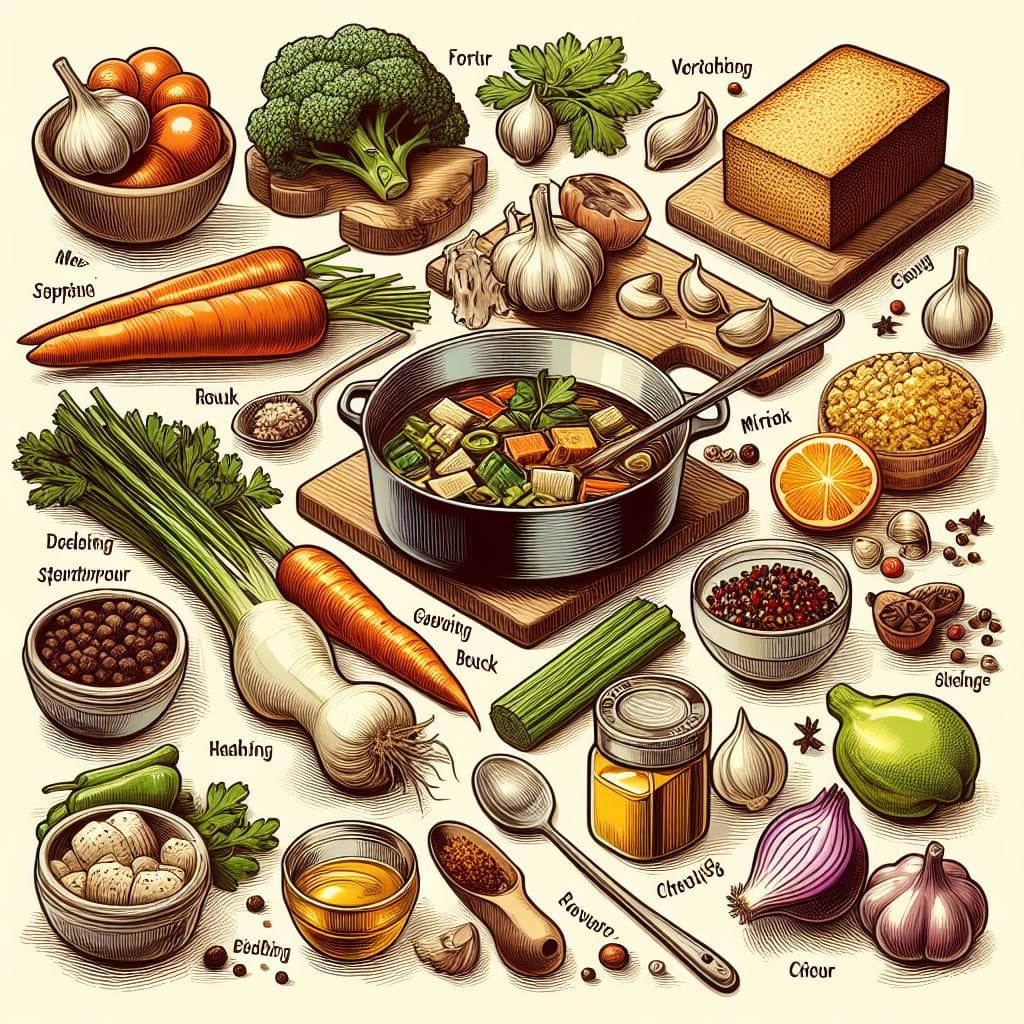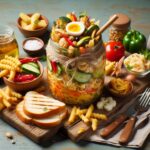To enhance the flavor of food, several techniques can be employed that cater to various aspects of cooking. First, the use of fresh, high-quality ingredients can significantly impact the overall taste, as they tend to be more flavorful than processed or older alternatives.
Crafting delicious and aromatic meals often begins with a rich stock or broth, providing a base for soups, stews, and sauces. A roux, made from equal parts fat and flour, thickens and enriches dishes, while mirepoix—a blend of chopped onions, carrots, and celery—lends a subtle sweetness and depth of flavor.
Deglazing, which involves loosening the browned bits from the bottom of a pan with liquid, captures essential flavors to enhance gravies and sauces. Successful cooking is about understanding and mastering these techniques, which are the building blocks of culinary arts and can transform simple ingredients into a harmonious and satisfying dish. By utilizing these methods, cooks can elevate their food, ensuring that every spoonful is loaded with nuanced flavors.
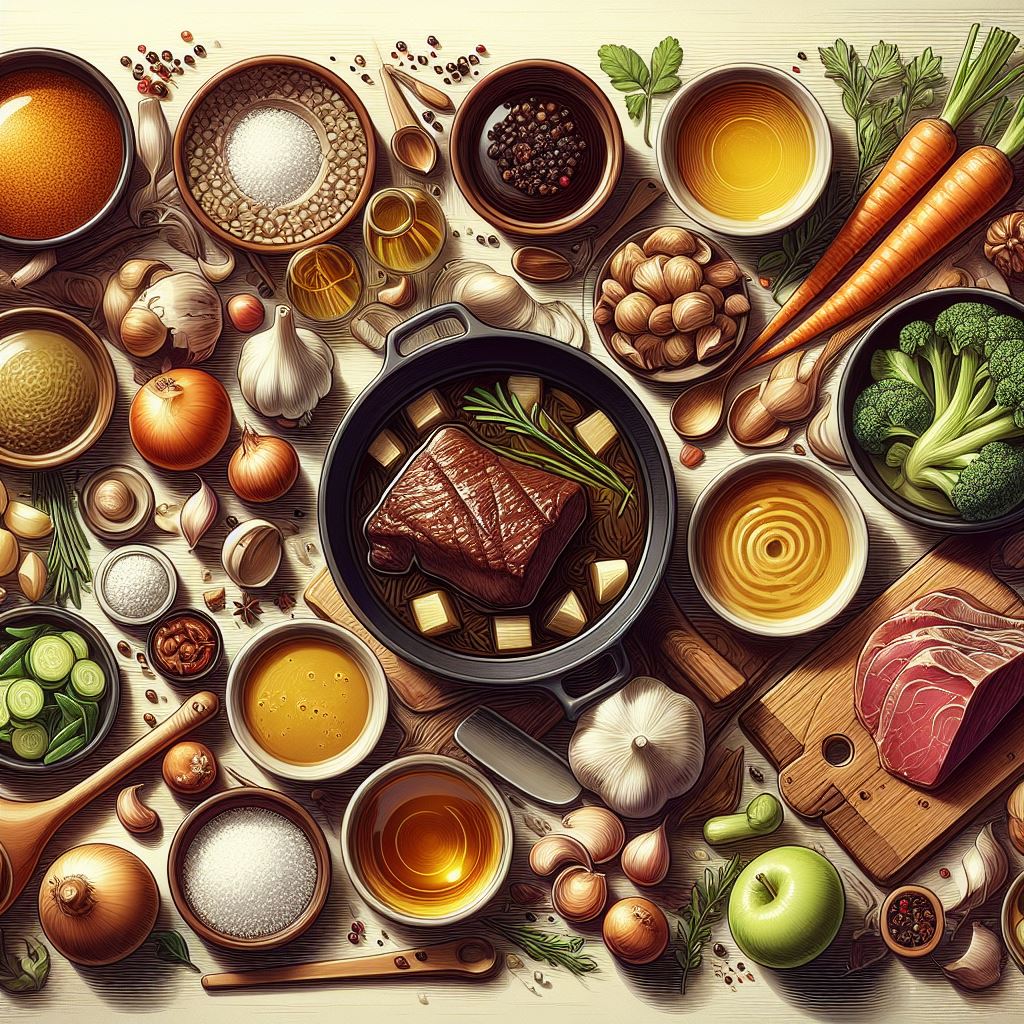
Understanding The Foundation Of Flavor
Great cooking starts with flavor basics. A balance of taste, aroma, and texture is crucial. Key ingredients like onions, garlic, herbs, and spices contribute to a dish’s overall palate. The combination of these ingredients can enhance the natural flavors of the food. Precision in timing, temperature, and technique brings out the best in every element.
- Freshness of ingredients is key.
- Temperature control affects flavor development.
- The use of herbs and spices strategically can elevate a dish.
How To Enhance Flavor In Food | Advanced Flavor Building
Delving into advanced flavor building transforms good cooking into great culinary experiences. Elevating dishes is about more than following recipes. It involves a deep understanding of how flavors meld and intensify. In this section, discover secrets to advanced taste profiles.
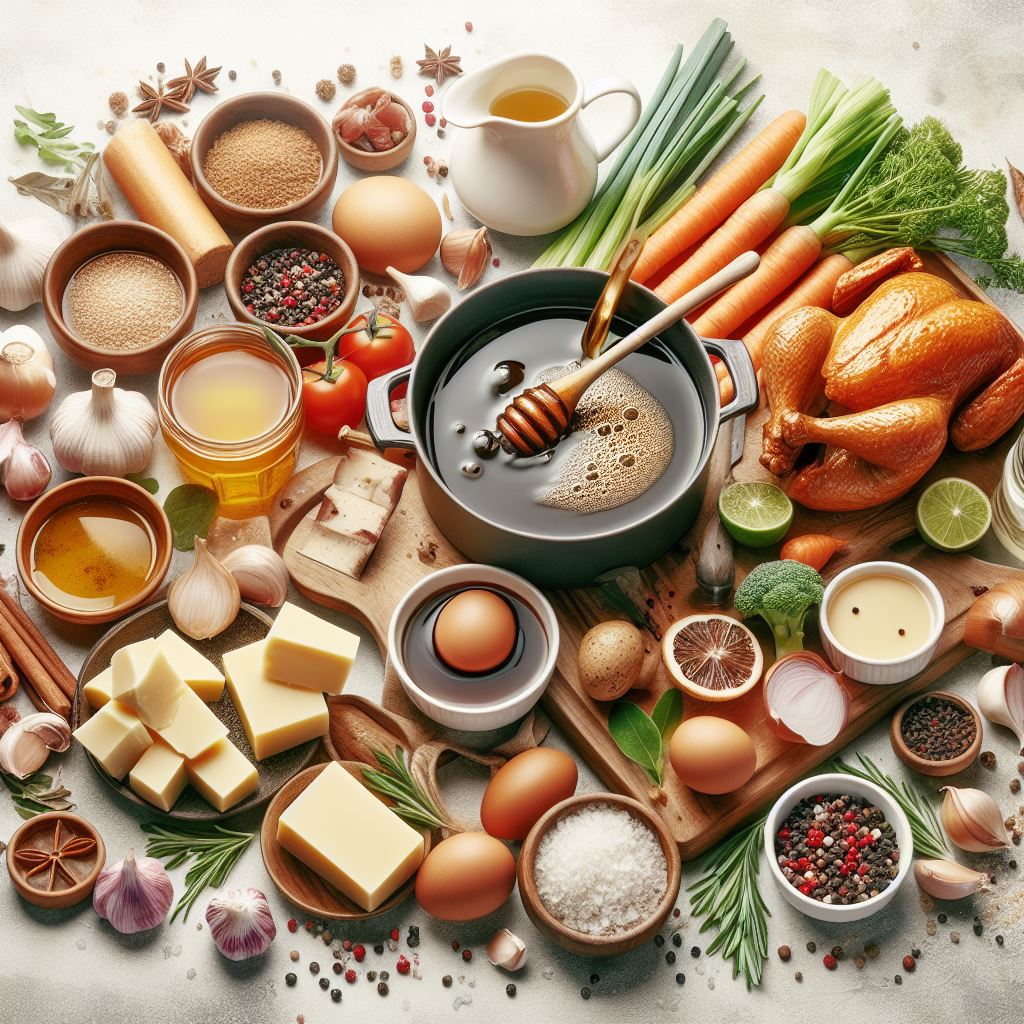
Enhancing the flavor in food can be achieved through a series of thoughtful steps:
Choose Fresh Ingredients: Start with fresh, high-quality ingredients. Fresh produce, herbs, and spices have more vibrant flavors compared to their processed or older counterparts.
Season Properly: Season your food with salt throughout the cooking process, not just at the end. Salt enhances the natural flavors of the ingredients.
Use Aromatics: Incorporate aromatics like onions, garlic, ginger, and fresh herbs. Sautéing these in oil or butter at the beginning of cooking releases their flavors and infuses them into the dish.
Marinate Proteins and Vegetables: Marinating proteins like meat, fish, or tofu, and even vegetables, allows them to absorb flavors from herbs, spices, acids (like vinegar or citrus), and oils. Marinate for at least 30 minutes, or overnight for stronger flavor.
Balance Flavors: Aim for a balance of sweet, salty, sour, and umami in your dish. Taste as you go and adjust with ingredients like sugar or honey for sweetness, vinegar or citrus for acidity, and soy sauce or mushrooms for umami.
Use the Right Cooking Methods: Different cooking methods can enhance different flavors. Roasting, grilling, and caramelizing ingredients can develop deeper, more complex flavors. For example, roasting vegetables brings out their natural sweetness.
Add Finishing Touches: Just before serving, add finishing touches such as a squeeze of lemon juice, a drizzle of high-quality olive oil, or a sprinkle of fresh herbs. These additions can brighten the dish and add a final layer of flavor.
Rest the Dish: Letting meats rest after cooking allows the juices to redistribute, resulting in a more flavorful and juicy final product.
By following these steps, you can significantly enhance the flavor of your food, making every meal more delicious and satisfying.
Utilizing Reductions For Enhanced Taste
Reductions concentrate flavors, bringing richness to dishes. The process involves simmering a liquid like stock, wine, or juice until it thickens. This enhances the underlying taste of your ingredients.
- Simmer slowly: To avoid burning.
- Scrape the sides: To incorporate all flavors.
- Patience is key: For robust, intensified results.
Balancing Flavors: Acidity, Saltiness, Sweetness, And Umami
Mastering flavor balance is crucial for creating harmonious dishes.
| Flavor | Ingredient Examples |
|---|---|
| Acidity | Lemon juice, Vinegars |
| Saltiness | Sea salt, Anchovies |
| Sweetness | Honey, Sweet peppers |
| Umami | Mushrooms, Soy sauce |
Add and taste as you go to find the right balance for your palate.
Aromatic Herbs And Spices In Flavor Development
Aromatics create a base for flavor.
Herbs like rosemary and thyme add earthiness.
Spices such as cumin and coriander bring warmth.
- Toast spices to release oils.
- Add herbs early in cooking for depth.
Combining Cooking Techniques For Complexity
Layering cooking methods builds complexity.
Searing meat before braising, or grilling vegetables before stewing, merges textures and tastes. Here are some techniques:
- Braising: Tenderizes and enriches.
- Caramelizing: Sweetens naturally.
- Char-grilling: Adds smokiness.
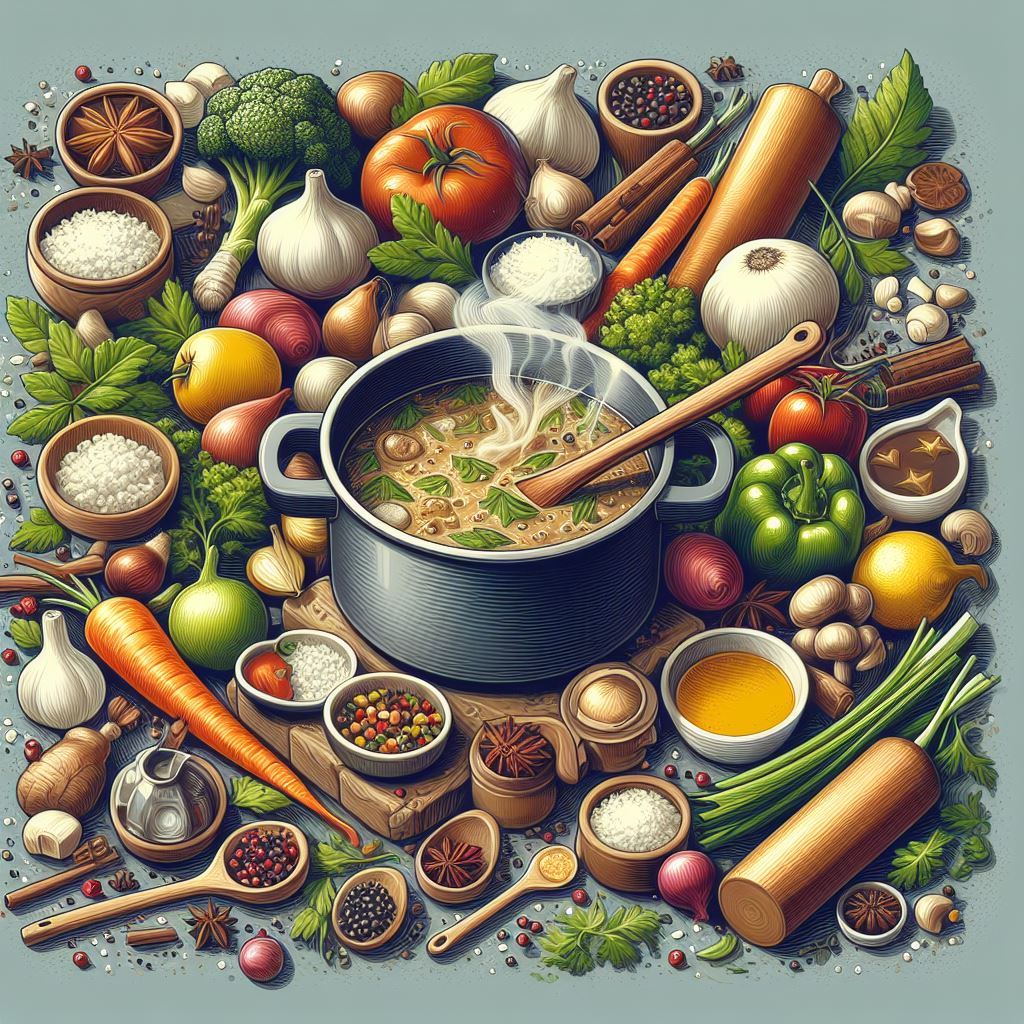
The Role Of Stocks And Broths In Cuisine
Stocks and broths are the liquids of flavor magic. They form the base for many sauces, soups, and stews. These liquids come from simmering bones, meat, vegetables, and aromatics. They add depth and richness to any dish. The slow extraction of flavors creates a full-bodied background for many meals.
| Stock | Broth |
|---|---|
| Bones, often roasted, with vegetables | Meat more prominent, with or without bones and vegetables |
| Simmered for several hours | Quicker cooking time |
| Used for sauces and gravies | Often served as is, seasoned to taste |
Roux: The Thickening Agent
A roux is a simple yet powerful tool in the kitchen. By cooking flour with fat, such as butter, you create a paste. This paste thickens sauces and soups, producing a silkier texture. Roux can range from light to dark. The color and flavor develop the longer it cooks. It also acts as a flavor enhancer, adding a nutty or toasty taste to dishes. White Roux Short cooking, mild flavor. Blonde Roux Medium cooking, slightly nutty. Brown Roux Longer cooking, rich and toasty.
Elements And Techniques Of Flavor Construction
Mastering the art of flavor requires understanding the essential building blocks and techniques. In cooking, flavor construction involves a mix of foundational elements like stocks, roux, and broths, alongside techniques such as mirepoix and deglazing. These components layer to taste, depth, and complexity of dishes, transforming good meals into great ones.
Creating A Robust Stock
A stock sets the stage for rich flavor. It’s a liquid made by simmering bones, vegetables, and aromatics. Stocks serve as a base for soups, sauces, and more. Begin by roasting bones for added depth. Then, simmer with water, vegetables like carrots and onion, and herbs for several hours. Strain to produce a clear, flavorful liquid.
Types Of Broths And Their Uses
- Vegetable broth: Ideal for vegetarian dishes, it’s a mix of veggies and herbs.
- Chicken broth: Perfect for soups, it’s lighter than stock and quicker to prepare.
- Beef broth: Adds richness to stews and gravies with a deep, meaty flavor.
Use broths to cook grains like rice or quinoa, infusing them with layers of taste.
The Art Of Making A Roux
A roux is a thickener made of equal parts flour and fat. Cook the mixture until it reaches the desired color: white, blonde, or brown. A roux adds thickness to sauces and soups, each color lending a different flavor intensity and nuttiness.
Mirepoix And Its Variations
A French mirepoix is a mix of onions, carrots, and celery chopped and cooked in butter or oil. This flavor base is pivotal for soups, stews, and stocks. Variations exist worldwide, such as the Cajun ‘holy trinity’ where bell pepper replaces carrots.
Deglazing: Extracting Flavor From The Pan
After sautéing or searing, deglazing involves adding liquid (wine, stock, vinegar) to a hot pan. Scrape the browned bits, the fond, enhancing the dish’s flavor profile. It’s an easy technique for making pan sauces and enriching the overall taste of your recipe.
Summary
Mastering the art of savory concoctions is a culinary cornerstone. Whether you’re crafting a rich stock or perfecting your roux, each step elevates your cooking. With Mirepoix’s aromatics and the transformative magic of deglazing, you unlock deep, complex flavors. Embrace these techniques and watch your home-cooked meals transcend to gourmet excellence.

